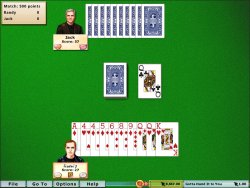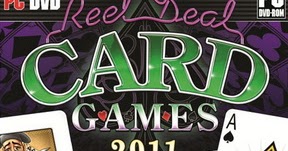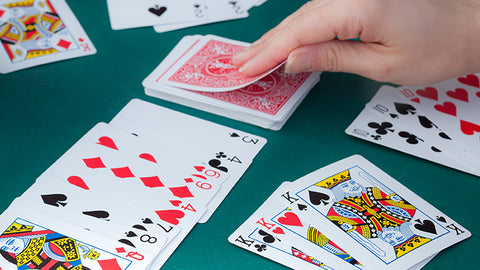
The earliest description of a pack dates from 1377, and is of a 52-card pack equivalent to that described above. They spread widely over the next few decades. They arrived from Egypt, where a 52-card pack equivalent to that described above was already in use. Playing cards are first recorded in Europe in the 1360s. Some games involve two or more packs shuffled together. The cards in a pack have identical backs, enabling a game to distinguish between cards a player is entitled to know the identity of and those they are not. There are also a variety of more specialized packs used for particular games. Spanish and Italian packs have 40 cards, omitting 8 to 10. Swiss packs are similar to German ones, but with the addition of 6s, for a total of 36 cards. French and German packs usually have 32 cards, omitting all numbers from 2 to 6 for French cards, or 1, 3, 4, 5, 6 for German ones (the distinction is unimportant, as the 2 in German packs is treated like the ace in others). In most games it is not treated as a numbered card at all.Ĭontinental European packs have a variety of names for suits and ranks, but they also usually have fewer cards.

These consist of 3 court cards, known in English as king, queen and jack or knave, and 10 numbered cards from 1 to 10, though the card numbered 1 is labelled A and called the ace.



In Anglo-American and French cards spades and clubs are black, hearts and diamonds are red. The cards are in 4 suits, which in English are known as spades, hearts, diamonds and clubs (symbolized by ♠, ♥, ♦, ♣ on Anglo-American and French cards). Most actual packs sold include 1 or more often 2 extra cards called jokers, which are used in some games, but in most are not used in the formal structure of the game, being simply available in practice to replace lost or damaged cards. The standard Anglo-American (bridge) pack (British) or deck (American) of cards consists of 52 cards.


 0 kommentar(er)
0 kommentar(er)
